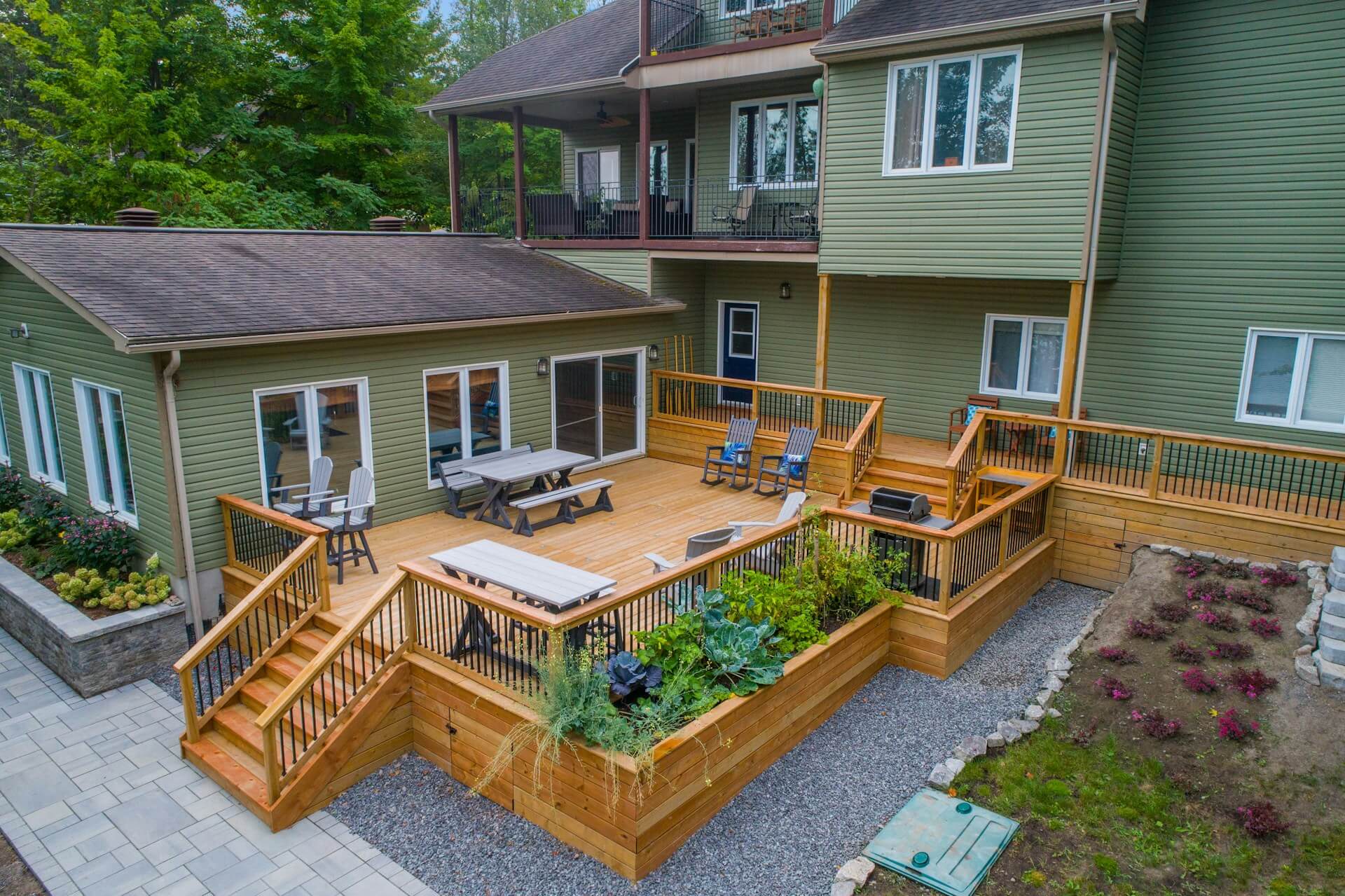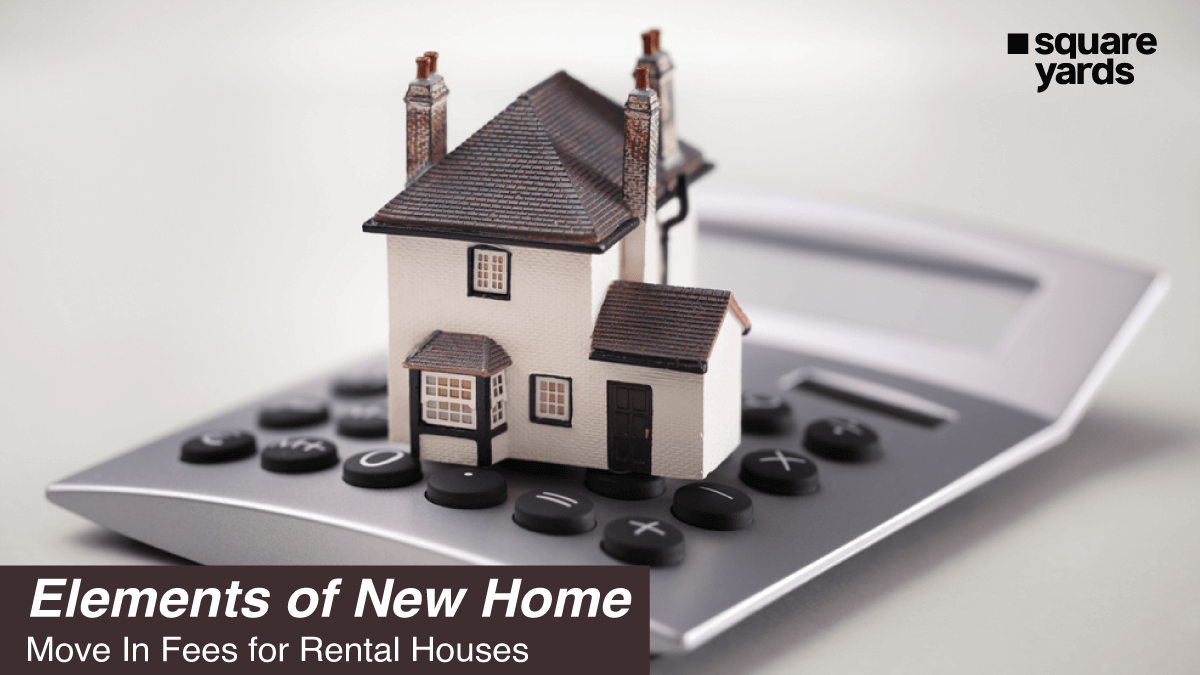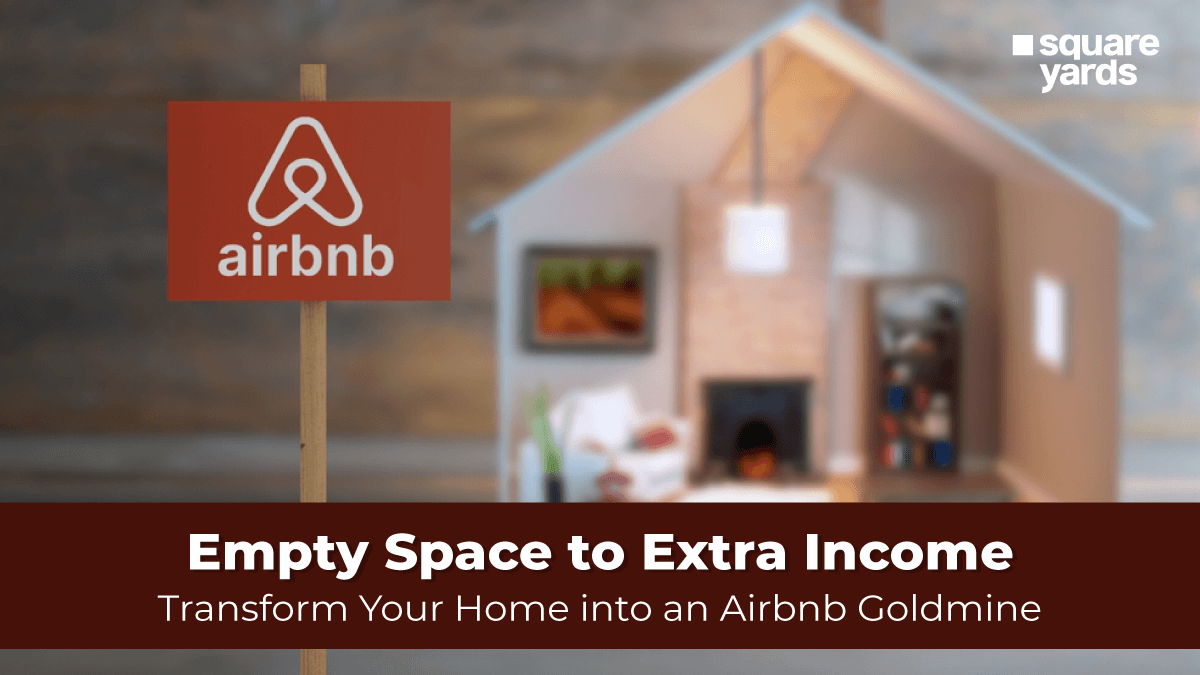Remember Al Pacino’s classic Scent of a Woman? Don’t worry; this is a real estate blog. But let’s just flash back to the film for a second. Remember how the iconic character of a blind Colonel, Frank Slade, is introduced in the film? He’s sipping his whisky in broad daylight inside a small dwelling behind his niece’s house. Cut to Iron Man. Recall Tony Stark’s garage, his workplace, where he designs everything. These additional units, the colonel’s house and Iron Man’s garage, attached to a primary development, are exactly what Accessory Dwelling Units are.
ADU homes are the rising stars of the real estate market. Builders talk about them, buyers want them, and governments encourage them. The fact that these ADU units are all around us emphasises how pervasive yet unheard of they are. We’ve all seen them but have never really… talked about them. And so, in this blog, ADU homes are all we talk about!
Defining an Accessory Dwelling Unit

An ADU, short for accessory dwelling unit, is an additional unit in a single-family home or a shared land. This can be a cabin, a garage, an attic, or any other vacant space. ADUs can serve residential, commercial, and even recreational purposes. Well, ADU is not the only name for these secondary units. They are also called granny flats, backyard cottages, and in-law apartments. Once fully built, an ADU home will contain everything—a kitchen, bathroom, living space…everything!
Why Build an Accessory Dwelling Unit?
ADUs represent an affordable way to get additional living space. Mortgage rates and rents are currently on the rise throughout Canada. Accessory Dwelling Units are thus an innovative response to an affordability problem. These units can be built without having to purchase any land. Moreover, renting them out also brings additional income. How do you build an accessory dwelling unit? Well, you can build one yourself if it requires light remodelling of an existing space. However, if you’re looking to build an ADU home from scratch, hiring professional services is a better choice. Services like one-stop ADU shops and prefabricated ADU units have made getting a new accessory dwelling unit easier.
But before you begin, be sure to follow your state laws. Ontario’s 2022 More Homes Built Faster Act, for instance, allows for up to three residential units on a single urban property. These regulations might differ for other provinces.
How to Build Accessory Dwelling Units?

The construction of ADU homes depends on whether you’re building one from scratch or converting an already existing structure into a livable space. Either way, you’ll require funding. One of the biggest aids is the newly announced Secondary Suite Loan Program, announced in the 2024 budget. The loan will help access low-interest loans of up to $40,000 to build additional living spaces. Other forms of credit like cash-out refinance, HELOAN, HELOC, and DSCR loans can also be used to fund.
Building an accessory dwelling unit also requires contacting professionals. These include designers, construction labour and site workers. They’ll help bring your ADU vision to life and guide you. Moreover, if you opt for a prebuilt accessory dwelling unit, be sure to discuss the matter with your agent and buy a property that complies with the local zoning laws.
Types of ADU Homes in Canada
Accessory Dwelling Units come in all shapes and sizes. Some of its popular types include:
-
- Detached ADUs: These include separate constructions on a single-family estate. Some common examples include granny flats, backyard cottages, DADUs, laneway houses and others.
- Garage/Warehouse ADUs: These refer to garages/warehouses converted into additional dwellings. It might entail the conversion of the actual unit or building a separate one over it. These are also popularly called carriage houses or garage apartments.
- Basement ADUs: Ample basement space can also be used to create accessory dwelling units (ADUs), which are also popularly called mother-in-law units, English basements, and secondary suites.
- Bump-Out ADUs: When adding an additional unit to the main house, expanding its structure results in a bump-out ADU. These feature shared walls and easy accessibility.
- Internal ADUs: Unlike bump-out ADUs, internal ADUs create additional spaces within the primary house. A common example would be converting an attic into a separate accessory dwelling unit.
The Advantages of Building Accessory Dwelling Units

From gaining extra space to making more money, ADU homes offer multiple advantages. Take a look at some of its benefits:
-
- Rental Income: ADU homes attract students, young graduates, and others looking for affordable housing options. ADU owners thus enjoy a ready market that can give them regular rental income.
- Perfect for Elders: ADUs, like cottage backyards, give ample space to the elderly without moving them away from their families. Additionally, ground-level ADU units particularly remove tiresome stairs and make things even easier for elders.
- Increases Property Value: While ADUs increase monthly income for renters, they also build value for the property. Legally built ADU units increase the chances of building wealth using the property.
The Downsides of Building Accessory Dwelling Units
But beware; building ADU units also has its fair share of challenges. Here are some frequent problems encountered during the process:
-
- Zoning Laws: Building an ADU requires thorough compliance with zoning and other laws. Homeowners will also need to check the HOA’s eligibility, if applicable.
- Building Costs: The biggest obstacle is arranging funds. Even though ADUs are affordable solutions, the construction process can sometimes jump beyond expectations.
- Limited Space: ADUs are typically smaller than traditional homes, which means they provide limited access to storage, living space, and other amenities.
The Cost of Building Accessory Dwelling Units
ADUs in Canada can range from a reasonable $20,000 to a solid $400,000. Identifying the exact costs of building ADUs is not a straightforward task. Factors like ADU type, size, and location are key to determining the overall costs. While not limited to these, some of the key costs associated with building accessory dwelling units include:
-
- Builder charges
- Permit charges
- Labour charges
- Utility Charges
- Construction Charges
Quick Tips to Help You Save Money on ADU Units
Who doesn’t want to save some extra bucks? Here are some practical tips that will help you cut down on your new ADU home construction:
-
- Go for Prebuilt Units: Prebuilt units are manufactured in factories and delivered to the owner’s address. It is then assembled and put together. They have become especially popular for their affordability in the U.S., with prices averaging between $86,400 and $159,000 in 2022.
- Use An Existing Space: Your garage or empty land area is always a better choice. This reduces the overall structural costs and makes ADUs more pocket-friendly.
- Do It Yourself: If possible, try your hand at converting an existing space into an ADU. Go all in with your screwdrivers and drills, and convert your garage, basement, or attic into a quaint space yourself.
- Choose Pre-Approved Building Plans: Obtaining already-approved permits helps reduce both time and money. It also speeds up the whole process, as the plans have already been fully reviewed by authorities.
Wrapping Up
As a housing solution, ADU homes are complete packages. They are creative, innovative and have the potential to solve multiple housing concerns at once. They can add more living space to your house and save some extra bucks in your pocket. ADU units have positioned themselves as one of the easier ways out of Canada’s contemporary housing concerns. As long as buyers prefer affordable housing and governments want more settlements, ADUs are here to stay!
You May Also Read :
|
What is Rentvesting in Canada |
|
|
Guide To Possession Day in Real Estate |
|
|
Explore Stigmatising Real Estate |
|
|
Know The Residential Measurement Standard Principles |
Frequently Asked Questions (FAQs)
What does ADU mean?
ADU refers to an accessory dwelling unit. These are secondary housing units built on the same lot as the primary home. ADU homes are primarily used for additional living space or rental purposes.
Why should I choose an accessory dwelling unit?
An ADU can help you gain extra space at cheaper costs. It can also be used to earn additional rental income or serve as an isolated workspace.
What’s an example of an ADU unit?
ADU homes come in multiple types. Some common examples include garage homes, backyard cottages, attics, and basement homes.



































